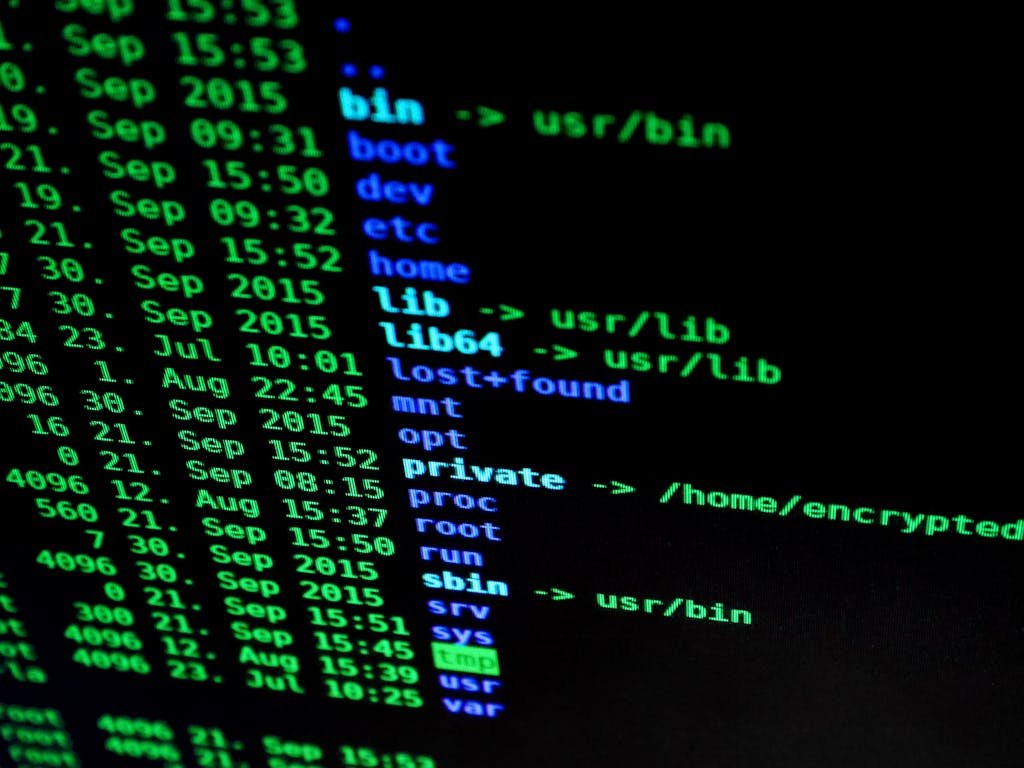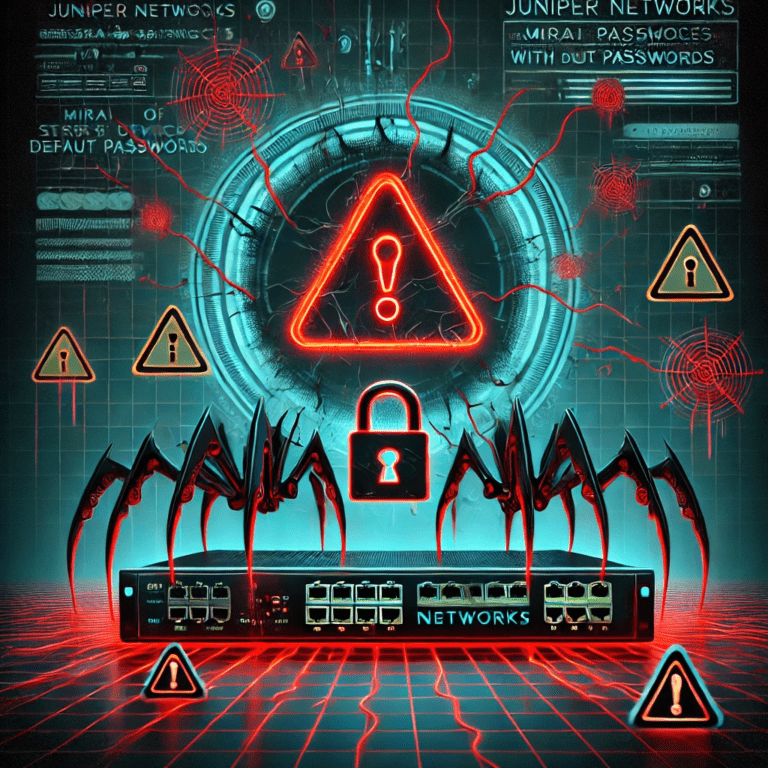Guide on How to Comply with NIS2 Directive: Security in Network and Information Systems Acquisition, Development, and Maintenance
Understanding the NIS2 Directive
The NIS2 Directive, an extension of the original NIS Directive, aims to fortify the security of network and information systems across the European Union. As cyber threats continue to evolve, the directive’s main objective is to enhance the resilience and incident response capabilities of essential and digital service providers. By implementing robust security measures, the directive seeks to protect critical infrastructure and ensure the smooth functioning of key services, ultimately safeguarding the economic and societal well-being of EU member states.
The scope of the NIS2 Directive is comprehensive, encompassing a wide range of sectors, including energy, transport, banking, financial market infrastructures, health, drinking water supply and distribution, digital infrastructure, and public administration. It applies to both public and private entities that provide essential services or operate critical infrastructure within these sectors. Additionally, the directive extends its reach to digital service providers, such as online marketplaces, search engines, and cloud computing services, recognizing their pivotal role in the digital economy.
Organizations falling within the directive’s scope must adhere to several key requirements to ensure compliance. These include adopting appropriate and proportionate technical and organizational measures to manage risks posed to the security of network and information systems. Measures should address incident prevention, detection, and response, including regular security assessments, vulnerability management, and implementing robust incident response plans. Organizations are also required to report significant incidents to the relevant national authorities promptly, enabling a coordinated and effective response to threats.
The significance of compliance with the NIS2 Directive cannot be overstated. Non-compliance may result in severe penalties, including substantial fines and reputational damage. Moreover, failure to secure network and information systems adequately can lead to service disruptions, financial losses, and a breach of customer trust. Therefore, it is imperative for organizations to prioritize their cybersecurity strategies, invest in advanced security technologies, and foster a culture of security awareness to meet the directive’s stringent requirements and mitigate the risks associated with cyber threats.

Importance of Security in Acquisition, Development, and Maintenance
Ensuring robust security measures during the acquisition, development, and maintenance of IT systems is a cornerstone of compliance with the NIS2 Directive. The importance of security in these phases cannot be overstated, as each stage presents unique opportunities and risks that could significantly impact the integrity and reliability of network and information systems.
During the acquisition phase, organizations must evaluate the security posture of potential vendors and systems. This evaluation includes assessing the security features of the hardware and software being procured, as well as the vendors’ compliance with relevant security standards and regulations. Ignoring security at this stage can introduce vulnerabilities that may be exploited later, leading to data breaches, system failures, or other security incidents.
In the development phase, integrating security practices from the outset is crucial. Adopting a secure development lifecycle (SDL) helps identify and mitigate vulnerabilities early in the process. This proactive approach includes conducting regular code reviews, utilizing static and dynamic analysis tools, and implementing security testing procedures. By embedding security into the development process, organizations can reduce the likelihood of security flaws making it into production environments.
Maintenance is an ongoing phase that requires continuous attention to security. Regular updates and patches are essential to address new vulnerabilities as they are discovered. Additionally, organizations should perform routine security assessments and audits to ensure that systems remain secure over time. Ignoring security during maintenance can lead to outdated systems that are susceptible to emerging threats.
The risks associated with neglecting security in these phases are significant. Vulnerabilities introduced during acquisition can provide attack vectors for malicious actors. Inadequate security practices during development can lead to exploitable flaws in applications. Failing to maintain security over time can result in systems that are easily compromised. Therefore, a proactive approach to security, integrating best practices from the beginning and maintaining vigilance throughout the lifecycle of IT systems, is imperative for compliance with the NIS2 Directive and the overall protection of network and information systems.
Vulnerability Handling and Disclosure
Effective vulnerability handling and disclosure are critical components of maintaining robust security within network and information systems. Organizations must establish comprehensive processes to manage vulnerabilities as soon as they are discovered. This begins with identifying the vulnerability, assessing its potential impact, and prioritizing it based on the severity and the criticality of the affected systems.
An essential practice in vulnerability handling is the timely disclosure of identified vulnerabilities. Prompt action helps to mitigate risks and prevent potential exploits. Organizations should develop and adhere to a well-defined vulnerability disclosure policy that outlines the timeline for disclosure and the steps involved in communicating these issues both internally and externally. Internal communication should ensure that all relevant stakeholders, including IT staff, management, and affected departments, are informed about the vulnerability and the remediation steps being taken.
External communication of vulnerabilities must be handled with care. It is crucial to inform customers, partners, and regulatory bodies as required, providing them with detailed information on the nature of the vulnerability, the potential risks, and the measures being taken to address it. Transparency in communication helps to maintain trust and credibility while ensuring that all parties can take necessary precautions.
Legal and ethical considerations play a significant role in vulnerability disclosure. Organizations must comply with relevant laws and regulations regarding the reporting and handling of vulnerabilities. Ethical considerations include respecting the privacy and security of affected parties and avoiding the release of information that could enable malicious actors to exploit the vulnerability before it is remediated.
Furthermore, organizations should participate in coordinated vulnerability disclosure programs, which involve collaboration with third-party researchers, vendors, and other stakeholders to manage and disclose vulnerabilities responsibly. Such programs can enhance the overall security posture and foster a culture of trust and cooperation in the cybersecurity community.
By adhering to these practices, organizations can effectively handle and disclose vulnerabilities, thereby enhancing their network and information systems’ security and ensuring compliance with the NIS2 Directive.
Deploying Secure Components
Deploying secure components within an organization’s IT infrastructure is a pivotal aspect of ensuring compliance with the NIS2 Directive. The process begins with the meticulous selection of components that have been rigorously tested and validated for security. Best practices dictate that organizations should prioritize components that have been certified by recognized standards bodies or have undergone comprehensive third-party audits. These audits serve as a critical checkpoint, providing an external verification of the component’s security posture.
Integration of secure components is another crucial step. It is essential to ensure that the components are compatible with existing systems and that their deployment does not introduce vulnerabilities. This involves thorough testing in a controlled environment to identify and mitigate any potential issues before the components are integrated into the live environment. Furthermore, secure configuration guidelines should be followed to minimize the attack surface and enhance the overall security of the infrastructure.
The role of third-party audits cannot be overstated. These audits provide an impartial assessment of the security measures implemented, ensuring that the components meet the necessary security standards. Organizations should engage reputable auditors who can conduct comprehensive evaluations and provide actionable insights. This process not only helps in identifying vulnerabilities but also enhances the credibility of the security measures implemented.
Ongoing monitoring and updates are vital to maintaining the security of deployed components. Security is not a one-time effort but a continuous process. Organizations must implement robust monitoring mechanisms to detect and respond to new threats in real-time. Regular updates and patches should be applied promptly to address any identified vulnerabilities. This proactive approach helps in mitigating risks and ensuring the continued security of the IT infrastructure.
Periodic reviews of even the most secure components are necessary to identify new vulnerabilities that may emerge over time. The threat landscape is constantly evolving, and components that were once deemed secure may become vulnerable. Regular security assessments and vulnerability scans should be conducted to ensure that the components remain secure and compliant with the NIS2 Directive. This iterative process of review and improvement is essential for sustaining a robust security posture.

Automated Asset Inventory and Vulnerability Identification
In today’s cybersecurity landscape, automated asset inventory and vulnerability identification are pivotal components in achieving compliance with the NIS2 Directive. These tools and technologies enable organizations to maintain a comprehensive and up-to-date record of their IT assets while identifying potential vulnerabilities that could jeopardize security. By leveraging automated systems, organizations can efficiently manage their assets and proactively address security risks.
Automated asset inventory tools work by continuously scanning the network to detect and catalog all connected devices and systems. They identify various asset details, including hardware configurations, installed software, and network connections. This continuous monitoring ensures that the asset inventory remains accurate, reducing the risk of untracked or unauthorized devices that could become security liabilities. Integrating these tools with existing IT infrastructure allows for seamless data collection and real-time updates, enhancing overall network visibility.
Vulnerability identification tools complement the asset inventory by scanning the detected assets for known vulnerabilities. These tools utilize databases of common vulnerabilities and exposures (CVEs) to identify potential weaknesses in the system. Once identified, the tools provide detailed reports on the vulnerabilities, including their severity and recommended remediation steps. This proactive approach enables organizations to prioritize and address vulnerabilities before they can be exploited by malicious actors.
Among the popular tools available, Tenable, Qualys, and Rapid7 stand out for their robust features and capabilities. Tenable offers comprehensive asset discovery and vulnerability assessment, integrating seamlessly with a variety of IT environments. Qualys provides cloud-based solutions that deliver continuous monitoring and detailed vulnerability insights. Rapid7’s platform combines asset management with advanced threat detection and response capabilities, ensuring a holistic approach to security.
Implementing automated asset inventory and vulnerability identification tools significantly contributes to overall security and compliance with the NIS2 Directive. By maintaining an accurate asset inventory and proactively identifying vulnerabilities, organizations can enhance their cybersecurity posture, mitigate risks, and ensure regulatory adherence.
Integrating Vulnerability Management Solutions
Integrating vulnerability management solutions into an organization’s security framework is a critical step in complying with the NIS2 Directive. Effective vulnerability management solutions are designed to identify, evaluate, and mitigate vulnerabilities in an organization’s network and information systems, thereby enhancing cybersecurity. Key features of these solutions include automated scanning, real-time monitoring, risk assessment, and comprehensive reporting capabilities. These functionalities enable organizations to detect vulnerabilities promptly and assess their potential impact on the system.
When selecting the right vulnerability management solution, organizations should consider several factors. The solution should offer scalability to accommodate the growth of network infrastructure and be compatible with existing security tools. Additionally, it should provide a user-friendly interface for ease of use and integration, as well as robust support and regular updates to address new and emerging threats. Cost-effectiveness and the ability to customize the solution to meet specific organizational needs are also crucial considerations.
The steps for successful integration of a vulnerability management solution begin with a comprehensive evaluation of the current security posture. This involves identifying critical assets, understanding the existing vulnerabilities, and setting clear objectives for the vulnerability management program. Once the solution is selected, it should be deployed in stages, starting with a pilot phase to test its functionality and effectiveness. During this phase, it is essential to train relevant personnel on how to use the solution effectively. Full deployment should follow, ensuring that the solution is seamlessly integrated with other security measures.
One of the primary benefits of integrating a vulnerability management solution is its ability to prioritize vulnerabilities based on their severity and potential impact. This prioritization helps organizations allocate resources efficiently and address the most critical vulnerabilities first. Additionally, these solutions provide actionable insights and remediation guidelines, which streamline the process of fixing vulnerabilities and improving overall security posture. By continuously monitoring and updating the system, organizations can ensure that they remain compliant with the NIS2 Directive and are well-protected against cyber threats.
Strategies for Remediation and Risk Reduction
In the context of the NIS2 Directive, effective strategies for remediation and risk reduction are essential to ensure the security and resilience of network and information systems. The first step towards mitigating risk is conducting a thorough risk assessment. This process involves identifying potential vulnerabilities within the system and evaluating the likelihood and impact of each threat. By understanding these aspects, organizations can prioritize their efforts and allocate resources more efficiently.
Prioritization of vulnerabilities is crucial. Not all vulnerabilities pose the same level of risk; hence, it is important to classify them based on the severity of their potential impact. High-risk vulnerabilities, which could lead to significant disruptions or breaches, should be addressed first. This prioritization allows for a focused approach in remediation efforts, ensuring that the most critical issues are resolved promptly.
Implementing remediation actions is the next pivotal step. Remediation can involve various actions, such as patching software, updating configurations, and enhancing security protocols. Organizations should have a detailed remediation plan that outlines specific steps, timelines, and responsibilities. This plan should be dynamic, allowing for adjustments as new vulnerabilities are identified or as threats evolve.
Continuous monitoring plays a vital role in maintaining the security posture of network and information systems. Through regular monitoring, organizations can detect anomalies, assess the effectiveness of implemented controls, and identify new vulnerabilities in real-time. Tools such as intrusion detection systems, security information and event management (SIEM) solutions, and regular security audits can aid in this continuous oversight.
Adopting a dynamic approach to risk management is essential in today’s ever-evolving threat landscape. This involves not only responding to known risks but also anticipating future threats and adapting strategies accordingly. Regularly updating risk assessments, revising remediation plans, and staying informed about emerging threats are key practices in maintaining a robust security framework.
Case Studies and Best Practices
To understand the practical application of the NIS2 Directive, examining real-world case studies can be invaluable. Leading organizations that have successfully complied with the directive provide a wealth of insights into effective strategies, common challenges, and innovative solutions.
One noteworthy example is a multinational financial institution that managed to align its network and information systems with the NIS2 Directive. Initially, the organization faced significant challenges due to the complexity of its IT infrastructure and the need to integrate multiple legacy systems. The institution adopted a phased approach, starting with a comprehensive risk assessment to identify vulnerabilities and prioritize areas requiring immediate attention. By implementing advanced encryption protocols and multi-factor authentication, the institution significantly bolstered its cybersecurity posture.
Another case study involves a healthcare provider that successfully navigated the compliance landscape of the NIS2 Directive. This organization encountered difficulties in maintaining data integrity and ensuring continuous service availability. Through the adoption of robust incident response plans and regular cybersecurity training for staff, the healthcare provider enhanced its operational resilience. This proactive stance not only facilitated compliance but also improved overall patient data security.
Best practices derived from these cases emphasize the importance of a tailored approach to compliance. Conducting thorough risk assessments, investing in cutting-edge security technologies, and fostering a culture of cybersecurity awareness are critical steps. Furthermore, regular audits and continuous monitoring of network and information systems are essential to maintain compliance over time.
For organizations aiming to achieve NIS2 Directive compliance, practical tips include establishing clear governance structures, involving top management in cybersecurity initiatives, and engaging with external experts for independent assessments. Leveraging automated tools for threat detection and response can also streamline compliance efforts and reduce the burden on internal teams.
By learning from these case studies and adopting best practices, organizations can not only meet the stringent requirements of the NIS2 Directive but also enhance their overall cybersecurity resilience, ensuring the protection of critical network and information systems.
For more articles related to technology, please browse around InnoVirtuoso and find more interesting reads.







